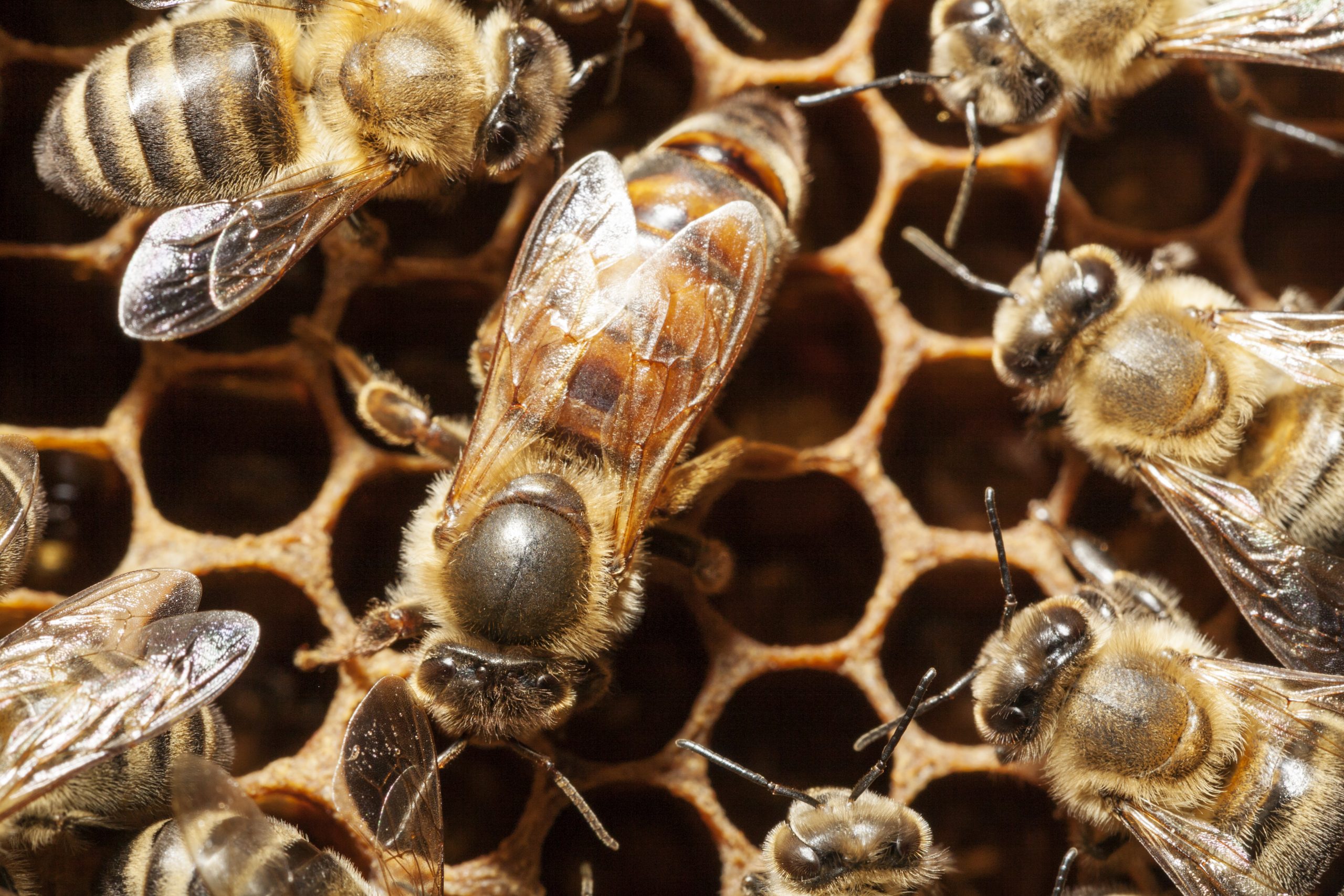Honeybee Hives Accept Migrant Bees
February 12, 2017
While it’s likely something most people don’t think about, it’s common for honeybees to migrate to and be accepted by other hives. Hives have a unique system for accepting migrant or “drifting” bees that wander into neighboring hives, and they may be allowed to stay if they’re accepted by the nest guards. Morgane Nouvian and her team, who hail from the University of Queensland in Brisbane, Australia, studied defensive behaviors in honeybees to get an idea of honeybee drift, something that happens often in apiaries, especially when hives are close, and often by accident.
Nouvian’s team found that 10-15 percent of honeybees take on nest guarding roles around two to three weeks old. Their primary role includes detecting and dealing with predators. They’re also the first point of contact when migrant honeybees arrive. Upon arriving, the inspection takes less than a minute, the guards vetting by scent. If its chemical profile closely matches the hive, the bee is let in. Nouvian found that nest guards let about 30 percent of drifting bees stay, and if there’s more nectar around, more migrant bees are let in. However, guards are attentive toward marauder bees attempting to steal honey. Marauders are usually spotted by speed and flight pattern and are stung by nest guards before intruding.
Other factors can influence whether guard bees let newcomers in, the primary one being the amount of resources in and out of the hive. “It’s interesting that when there are enough resources, for instance nectar near the hive and fewer empty combs, guards allow in more non-nestmates,” Nouvian says. Guards may not even be at the nest entrance in these circumstances, Nouvian added. However, if resources, such as nectar, become scarce, the guard bees shut entrance to the hive for drifting, migrant bees, even killing them if need be.
Combs without stored honey can make guard bees more aggressive. Experiments by Francis Ratnieks of the University of Sussex, UK proved that newcomer bees eventually chemically blend in after being accepted into the hive. Ratnieks fostered young worker bees by placing them directly into the hive, bypassing the guards. The young bees took on the comb of wax and were accepted by the guards like the native bees.
“This shows that the chemicals on their body surface by which they are recognized as nestmates are acquired from the colony they are in,” Ratnieks says. However, this doesn’t apply to predators like wasps. “In experiments in which we introduce either a wasp or a non-nestmate honeybee to the hive entrance, we found the guards never mix up wasps with honeybees. They are quite obviously detected as ‘different’ to the guards, which is important as wasps prey on larvae and worker bees in the hive.”


.jpg)




